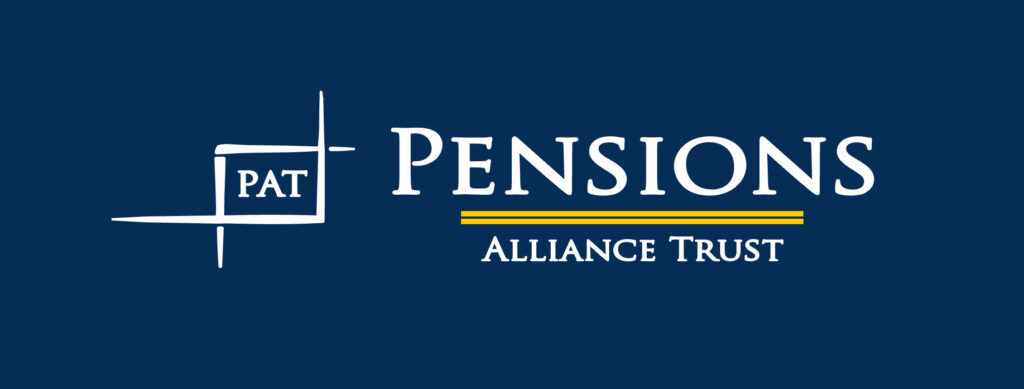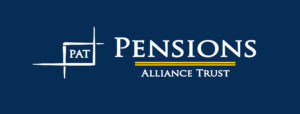Our Frequently Asked Questions
PENSIONS REFORMS
This new pension Law provides for the establishment of 3-Tier pensions with the following structured contributions:
➢ Mandatory 13.5 % of basic salary towards payment of retirement pension.
➢ Mandatory 5% of basic salary, fully employee funded scheme, managed by a Trustee or Body Corporate.
➢ Up to 16.5% voluntary contribution of basic salary which is tax exempt.
➢ The establishment of a regulatory body called the National Pensions Regulatory Authority (NPRA) to regulate the activities of all Trustees in the pensions space including SSNIT.
➢ The reduction of the minimum contributory period to enjoying pensions from 240 months to 180 months.
➢ The contributions into all the tiers are tax-exempt, i.e. contributors under this regime enjoy tax reliefs.
➢ Contributors enjoy the compounding effects of interest rates over time, in that, the scheme is managed over the working life of the contributor.
➢ Contributors also enjoy a more responsive customer service of the private sector.
➢ Improved Security of contributor's fund. The law prohibits the attachment of the returns on the investment in the execution of a judgment debt or such returns being used as a charge, pledge, lien, or being transferred, assigned, or alienated by or on behalf of the member.
➢ Payment of contributor's lump-sum has moved from SSNIT to the Corporate Trustee, and this is based on the performance of the fund.
A Trustee is an individual or Corporate Body in a position of trust who holds property, authority, or a position of trust or responsibility for the benefit of others.
In relation to pensions, a Trustee (Corporate Trustee) is any entity which administers pension schemes to organizations and individuals, receives their monthly contributions and pays out benefits to contributors upon retirement (eg. SSNIT, Pensions Alliance Trust, etc.)
A person of 15 years and above can contribute to the SSNIT pension scheme. However, entry requirement for both Occupational and Voluntary Pension Schemes is without age limit.
According to Act 766, all contributions of persons before the promulgation of the Act, who will retire after year 2020 shall receive pass credit in respect of their lump sum (25%) determined by a formula agreed between the Pensions Reform Implementation Committee and the Trust based on actuarial assessment.
According to the new amendments to the law, contributors who shall receive their lump sum under the new law shall be contributors who were 50 years by January 1, 2010 when this law became operational.
The first batch of beneficiaries under this reform will be the group of employees who retire in January 2020.
This group of contributors, as per the amendment, Act 883, were in 2015 seeded to the existing pension plan under PNDC Law 274 and as such, their contributions did not get to trustees and lump sum will be paid by SSNIT.
Under PNDC Law 247, a contributor who makes 240 months un-blemished contributions shall enjoy full pensions (i.e. lump sum and monthly stipends). In the event that this criterion is not met, the contributor is paid a lump sum of his contributions and accrued interest, but does not receive monthly stipends, i.e. a half pension.
Under Act 766, a member enjoys full pensions after making the stipulated 180 months contribution before retirement. In the event that the contributor makes less than the stipulated, the contributor is paid all of his/her accrued contribution and 75% of the accrued interest using the 90-day Treasury Bill as a benchmark.
TIER 2
Tier two (2) is the portion of the contributor's compulsory pensions fund that is managed by a Trustee towards payment of employee's or contributor's lump sum upon retirement. This is 5% of the employee's basic salary.
No. Contributors can access their funds only when they are due for early retirement at age 55 or compulsory retirement at 60 or have been declared as invalid by a qualified medical officer.
We are required by the law and our own commitment to protecting the future of the Ghanaian worker; hence we can guarantee that our contributors will be paid their benefits when they reach their retiring age.
As administrators of the scheme, PAT can charge a maximum of 1.33% of the Asset under Management as fees per annum.
In the case the employee gets employed where PAT is not the Trustee of the employing company, the employee informs us of his/her new employer's Trustee and we port his/her accrued contributions and interest to the new Trustee. The employee also reserves the right to keep his/her accrued investment with PAT till he/she is due for retirement.
PAT is a licensed Trustee responsible for paying an employee’s lump sum, whiles SSNIT on the other hand is responsible for paying employee's monthly Pension, when they are on retirement.
In the enrolment of contributors into the schemes, beneficiary details are taken hence upon demise of the contributor the chosen beneficiaries are entitled to the full lump sum benefits. However, in the absence of beneficiary(ies), letters of Administration are required for benefit payment.
It is the sum of all contributions of the member and the accrued interest.
A member must provide an affidavit of change of name and a gazette to effect name change in the bio data and subsequently upon withdrawal.
Members can update their bio data using the PAT website or by filling and submitting the member bio data update form and attaching their identification card ( Ghana Card).
Their contribution in the TPFA has been worked out and paid to them by SSNIT. In the event that there are arrears in the TPFA, they will be contacted later to receive it.
The Act prevents the assignment of benefits, however a member of a scheme is allowed to use his/her benefits to secure a mortgage for the acquisition of a primary residence.
Every contributor to the Tier 2 scheme enjoys a tax relief meaning contributors to tier 2 contributions are exempted from any income tax assessment.
TIER 3
It is a voluntary provident fund scheme governed by a trust to which an employee or the employer or both contribute towards the retirement benefits of the employee.
The employee and/or the employer can pay a maximum of 16.5% of the employee's basic salary to enjoy a tax waiver. However any additional contribution in excess is tax deductible.
➢ Contributors enjoy more tax reliefs and benefits to building income security for the future.
➢ Contributions towards the 3rd tier scheme can also be used as a mortgage to secure a primary residence.
➢ Contributors enjoy a diversified investment portfolio, a more secured and attractive returns on investment.
The Law allows a minimum contributory period of ten (10) years before any withdrawal is allowed but should a contributor decide to withdraw before the end of this period, he/she is taxed a 15% flat rate on whatever amount he/she withdraws.
Since all contributions allowable into varied pension schemes are tax exempt, any further contribution beyond the threshold of 35% of the contributor’s basic salary, becomes tax deductible.
Yes, one could do that through the Personal Pension or the Private Pension schemes.
PERSONAL PENSIONS
It is a voluntary pension scheme to which any individual can contribute any amount they desire towards their retirement.
Everyone qualifies
If a member of a Tier 3 Scheme has exhausted his/her 16.5% pre-tax allowance but still desires to contribute more, they can join a Personal Pension Scheme.
Members of a Personal Pension scheme do not enjoy tax benefits and are therefore not subject to tax deductions upon redemption.
INFORMAL SECTOR
The new Act recognizes and provides for the worker in the informal sector. Contributions received from the informal contributors are divided into two. One part is managed towards managing the retiring needs of contributors and upon retirement is paid as a lump sum. The other half takes care of the recapitalization needs of their business.
If the contributor keeps accurate records of their business, he/she is also likely to benefit from the tax reliefs as it pertains with the formal sector contributor. And this saving buoys the contributor's investment toward income security after retirement.
Unlike the formal sector where the employer is responsible for the appointment of a Corporate Trustee on behalf of the employee, the informal sector contributor can join any of the master trust schemes administered by any trustee.
The contributor per his/her enrolment form could either choose to retire under the compulsory retiring age of 60 years or the voluntary retiring age of 55years. Upon his/her instruction, the trustee evaluates if the client has met the minimum contributing period of 180 months. If the contributor has satisfied the requirements, he/she shall enjoy monthly stipends.
On the other hand, if the contributor does not qualify for the stipends, the contributor is paid all of his/her accrued contributions and 75% of his accrued interest using the 90-day treasury bill rate as a benchmark.



